Absolute Tool Length for CNC Machinists
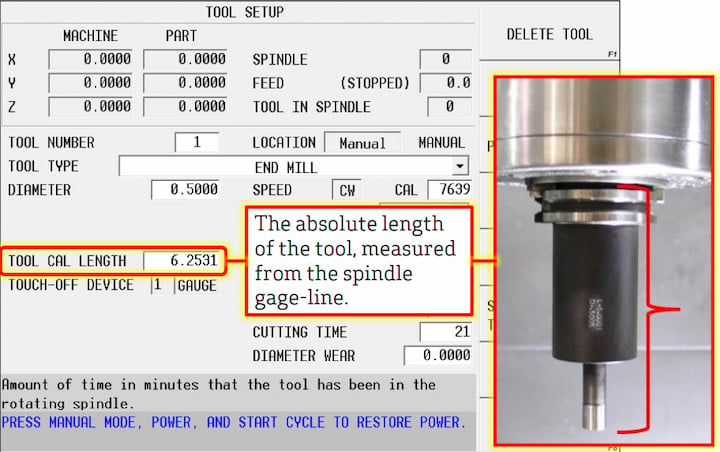
Absolute Tool Length is an industry standard feature in CNC machining that provides continuity across machine brands and controls.

Absolute Tool Length is an industry standard feature in CNC machining that provides continuity across machine brands and controls.
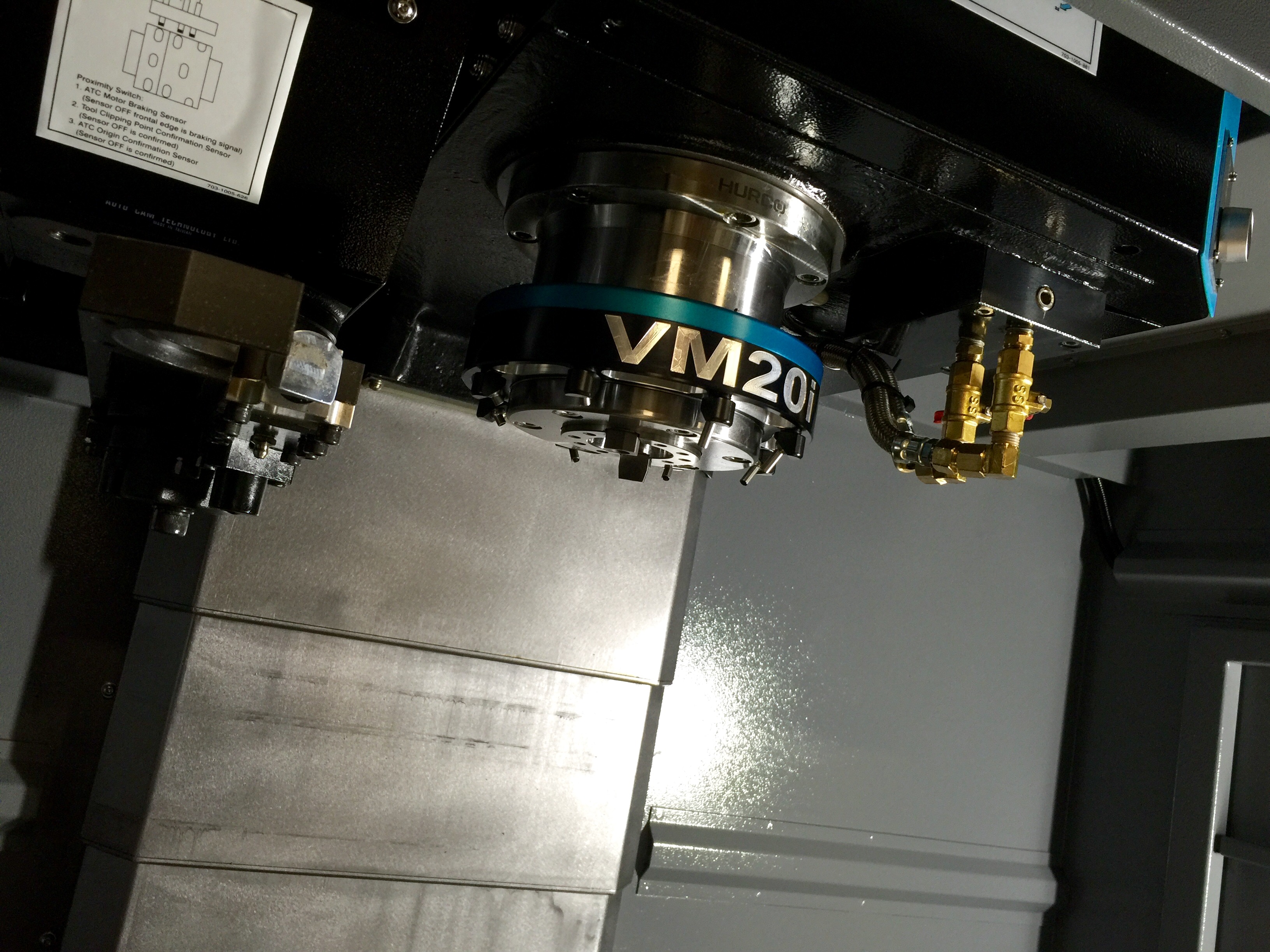
One of the features of Hurco that many customers love is the eight-nozzle coolant ring that comes standard on all VMX models of vertical machining centers. The amount and flow of the flood coolant is sometimes unbelievable to many new users. Now Hurco VM owners can experience this same overwhelming feeling of flood coolant!
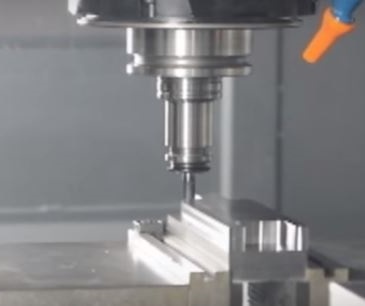
Over the years, Hurco has partnered with many tooling companies. Recently I received a link from G.W. Shultz, that showed a video of one of thier tools cutting 422 Stainless Steel, on a Hurco VMX30HSi High Speed milling machine - at some pretty impressive speeds. The information listed in the video comment section says: "Pushing the G.W. Schultz Tool HGW40250-01 to 1000SFM in 422 Stainless Steel".
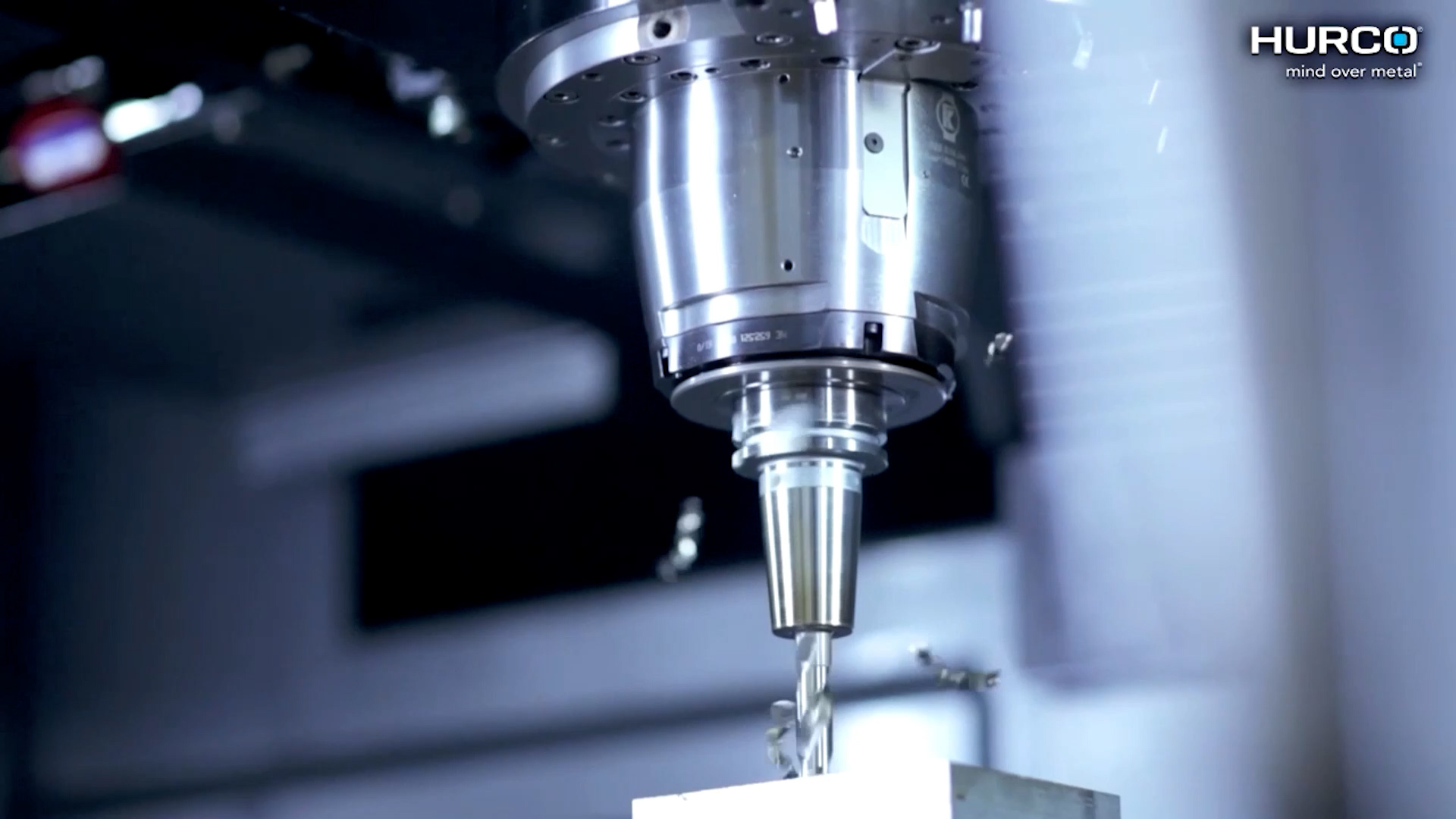
As CNC machinists, we apply our skill, knowledge and experience to manufacture the best looking and most accurate parts that we can. We take a great deal of pride in the products that we produce, and we want others to see that pride in the finished product. But what do we do when we aren’t getting the results that we want? When dimensionally the parts meet blueprint specifications, but the surface finish and overall appearance is less than desirable? When this happens, we need to go back to the basics and ensure that we are using the best machining practices that we know to be correct.
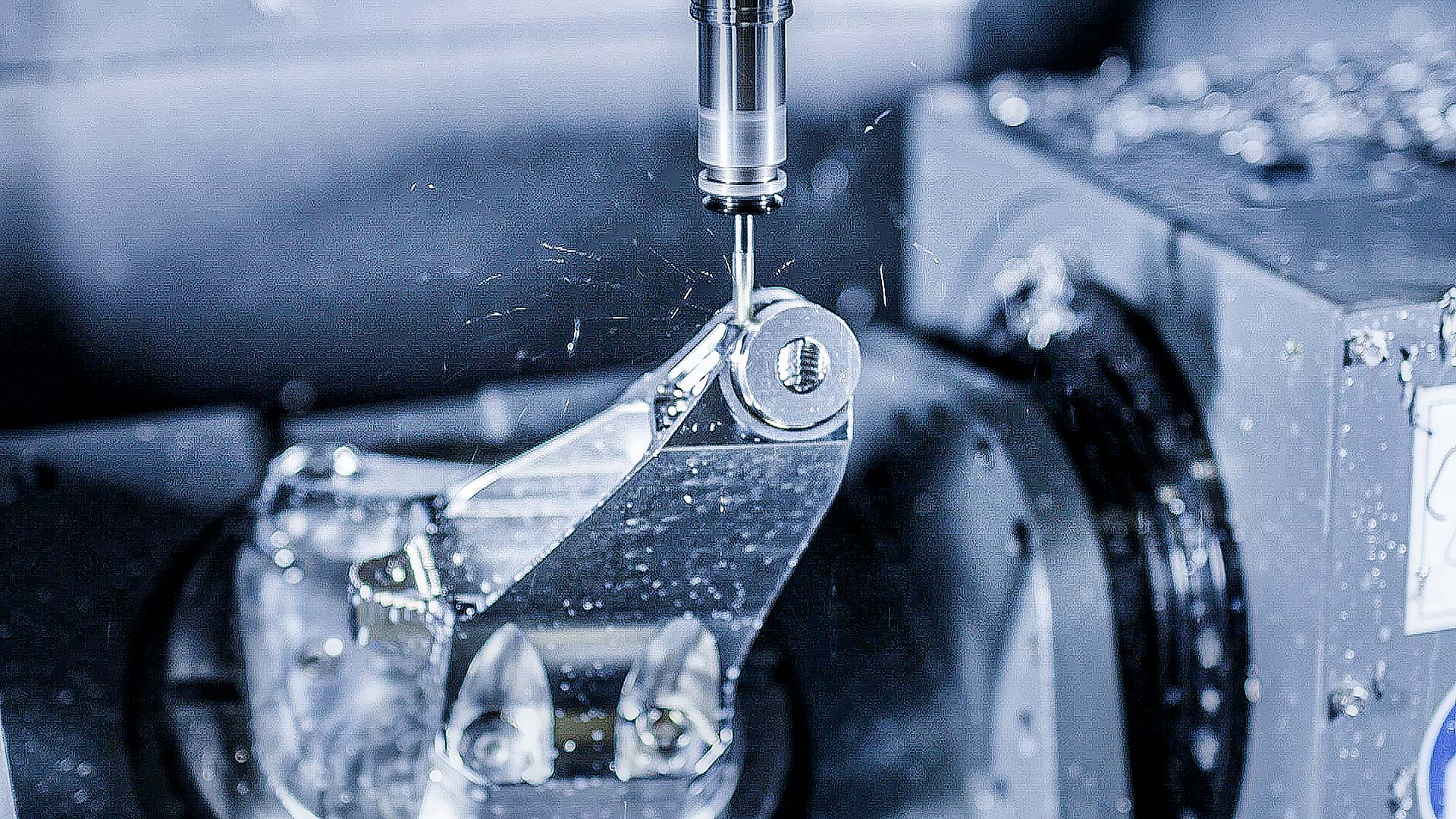
Even the most carefully maintained machining centers eventually become obsolete. When it’s time to replace your older machine, look for one that gives you the maximum dollar value for your investment. 5-axis machining centers are versatile, efficient and flexible, and one can do the work of two or three 3-axis machines.
With that new machine comes an opportunity to upgrade your tooling, as newer machining centers can handle more advanced tooling options. Consider these tooling variables when purchasing a new 5-axis machine.
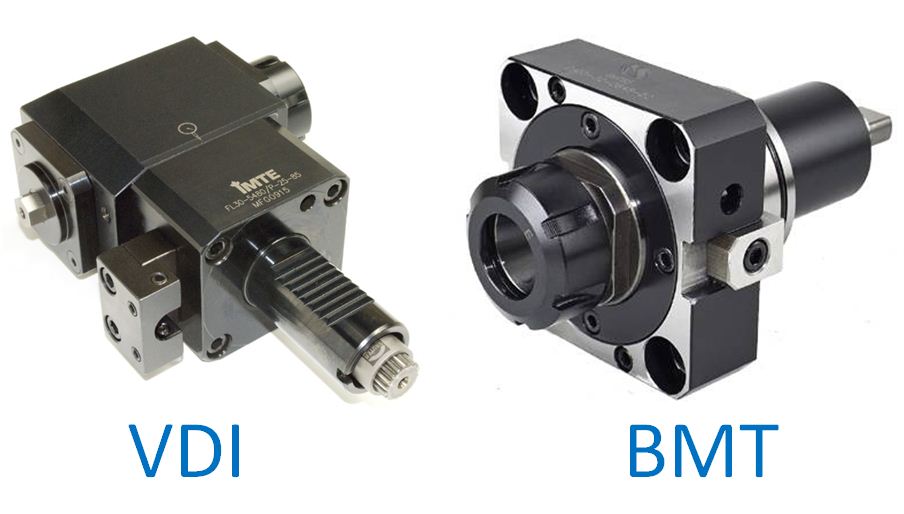
Previously, I published a two-part series on the basics of mill-turn technology, where I cover topics such as: axis configurations, the orientation of live tooling holders, mill-turn terminology, instances when a Y-axis might be necessary, etc. In this article, I discuss the differences between the driven tool mounting configurations and offer my opinion on the benefits and challenges associated with each.
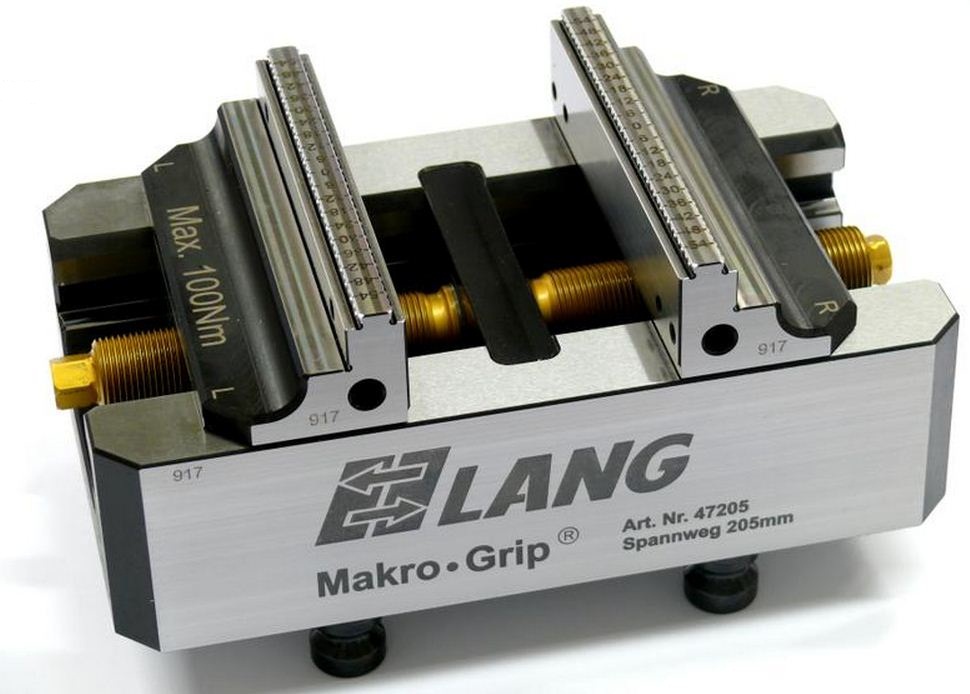
As machinists, we are all aware of the standard tools of our trade. However, there are other non-standard tools available that not everyone is aware of and could be very helpful in our day-to-day life in the job shop. Just like any other industry, if there is a time consuming and mundane procedure that must be completed, you can bet that somewhere there is someone who has already invented a tool or device that would make that task easier.
Here is a list of helpful products for machinists that addresses workholding, fixture building, part and tool setup, coolant nozzles and more:
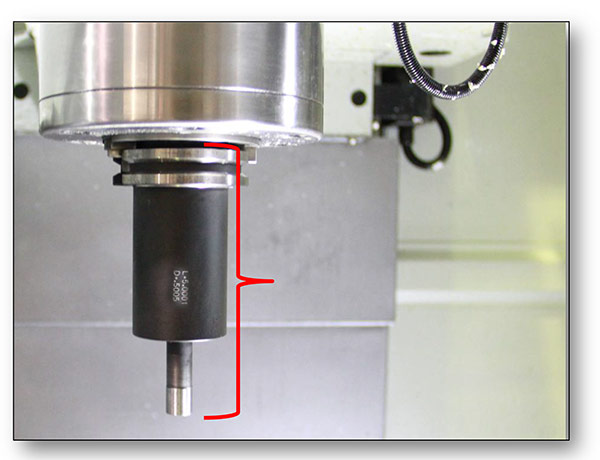
As many of you are already aware, the Absolute Tool Length method of tool calibration has become the industry standard for measuring and recording the length of individual cutting tools on milling machines. This method of tool measurement not only produces numerical values that make sense to the operator, and can easily be verified with a pocket scale, but will also allow for tool lengths to be set offline using a presetter - and then the data can simply be entered into the tool setup for that particular tool…helping to reduce setup time at the machine.